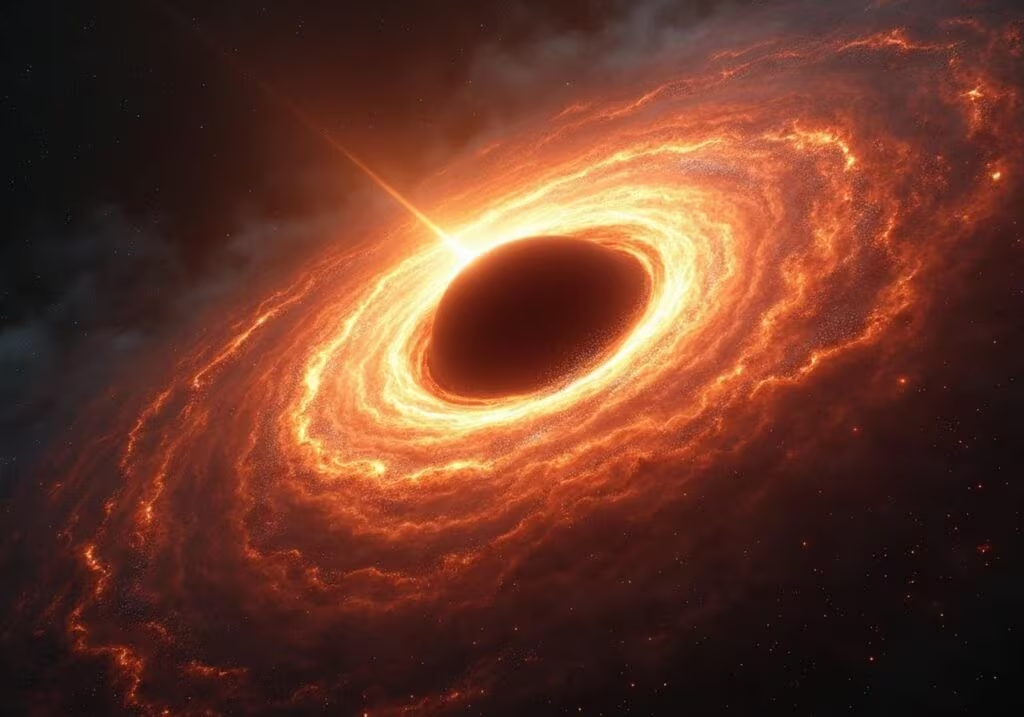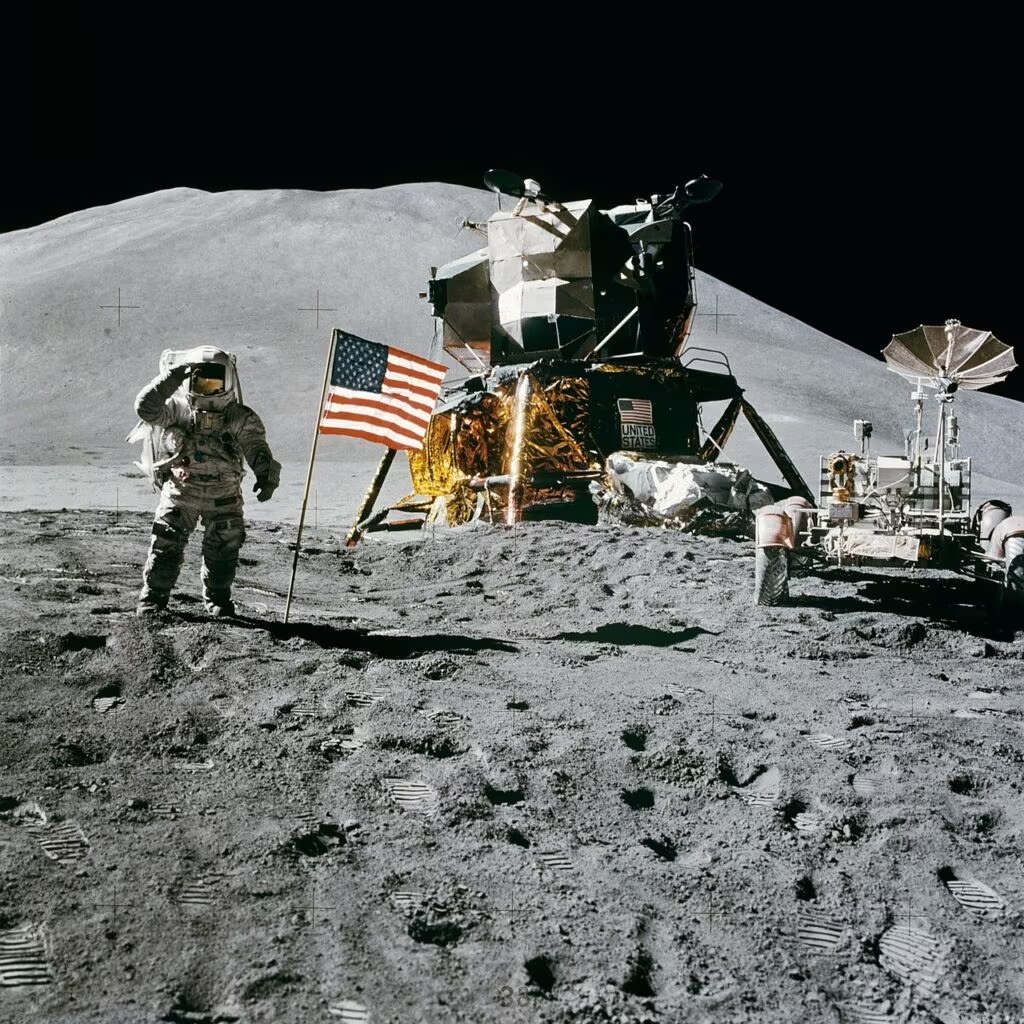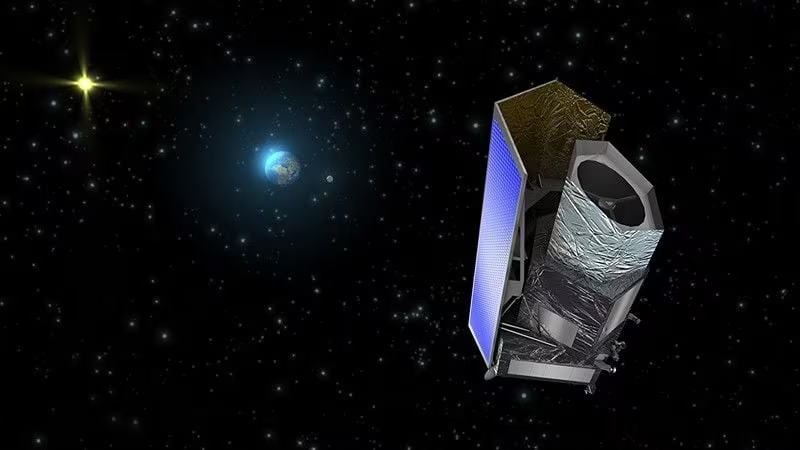Euclid’s Unexpected Fuel Bonus Opens Door for Major Mission Extension
The European Space Agency’s (ESA) Euclid space telescope, launched in 2023 to map the geometry of the dark universe, has already proven to be a marvel of efficiency. The spacecraft, currently operating at the Sun-Earth L2 Lagrange point, has conserved far more propellant than anticipated. Experts estimate Euclid now holds enough fuel for an additional eight years of operation beyond its planned six-year primary mission.
This significant surplus has prompted a compelling proposal from NASA scientists to utilize the extra capacity for an ambitious new survey. The plan, spearheaded by Dr. Jason Rhodes of NASA’s Jet Propulsion Laboratory (JPL), aims to fill a crucial observational gap by mapping the northern sky—a region previously inaccessible due to thermal constraints.

Euclid’s Primary Mission: Mapping the Dark Universe
Euclid’s core objective is to create the largest and most accurate 3D map of the universe ever constructed. By observing billions of galaxies stretching across 10 billion years of cosmic history, the mission seeks to illuminate the nature of dark matter and dark energy—the mysterious components that make up 95% of the cosmos.
Core Mission Parameters:
- Duration: Six years (Primary Mission).
- Target Area: Approximately 15,000 square degrees, covering most of the extragalactic sky outside the Milky Way plane.
- Method: Measuring the effects of gravitational lensing (the bending of light by massive objects like dark matter) and observing the distribution of galaxies to understand the expansion history of the universe.
Euclid’s primary survey strategically avoids the northern ecliptic pole because observing this region would expose the sensitive telescope optics to direct sunlight, compromising the thermal stability required for precise measurements.
The Eight-Year Propellant Surplus
Spacecraft often carry extra fuel as a contingency, but Euclid’s efficiency has been exceptional. The telescope reached its operational orbit at L2 with minimal course correction burns, leaving a substantial reserve. The current estimate suggests the spacecraft has enough propellant to maintain its halo orbit and perform necessary momentum dumps for a total mission duration of up to 14 years.
This unexpected longevity provides a rare opportunity to expand the scientific scope far beyond the original mandate. Dr. Rhodes’s proposal focuses on maximizing this opportunity by tackling the previously excluded northern region.
“We have this incredible telescope, and we have this unexpected bonus of fuel. It would be a scientific tragedy not to use it to complete the picture of the universe,” Dr. Jason Rhodes stated regarding the potential extension.
The Proposed Northern Sky Survey: A “Slow Roll” Solution
Dr. Rhodes’s plan centers on using the surplus fuel to conduct a gravitational lensing survey of the northern sky, specifically targeting the area around the northern ecliptic pole.
To overcome the thermal challenge—the reason the area was initially excluded—the plan introduces a novel operational maneuver called the “slow roll.”
How the Slow Roll Maneuver Works:
- The Problem: The northern ecliptic pole is close to the Sun’s position during certain times of the year, meaning the Sun would shine past Euclid’s sunshield and heat the telescope.
- The Solution: Instead of maintaining a fixed orientation relative to the Sun, the spacecraft would perform a 180-degree rotation around its line of sight every six months.
- The Result: This slow, controlled rotation ensures that the large sunshield always remains between the sensitive telescope and the Sun, maintaining the necessary thermal environment while allowing the instruments to point north.
While this maneuver requires precise propellant usage and careful planning, the abundance of extra fuel makes it feasible. The scientific payoff of completing the all-sky map is considered worth the operational complexity.

Unprecedented Synergy with the Rubin Observatory
The scientific value of extending Euclid’s survey to the northern sky is immense, primarily because of the synergy it would create with another major cosmological project: the Vera C. Rubin Observatory (formerly known as the Large Synoptic Survey Telescope, or LSST).
The Rubin Observatory, located in Chile, is currently conducting the Legacy Survey of Space and Time (LSST), which focuses heavily on the southern hemisphere. While Rubin provides incredibly deep, time-domain data, Euclid offers superior spatial resolution and precision in measuring galaxy shapes.
By having Euclid observe the northern sky, cosmologists would achieve an unprecedented level of observational overlap and complementary data across the entire celestial sphere:
- Euclid’s Strength: High-resolution weak lensing measurements, crucial for mapping the fine details of dark matter distribution.
- Rubin’s Strength: Deep, time-domain observations, essential for detecting transient events and understanding the evolution of objects over time.
Combining the high-resolution shape data from Euclid’s northern survey with the deep photometric data from Rubin’s southern survey would allow scientists to cross-validate results, reduce systematic errors, and achieve a more complete and robust understanding of cosmic structure formation and the nature of dark energy.
Next Steps for the Extended Mission
As of 2025, the northern sky survey proposal is a compelling concept awaiting formal review. Any mission extension requires rigorous scientific justification, technical feasibility studies, and, crucially, approval and funding from the European Space Agency (ESA), which manages the mission, and potentially NASA/JPL for operational support.
Historically, extended missions for highly successful space telescopes—such as Hubble, the Voyager probes, and the Chandra X-ray Observatory—have yielded some of the most groundbreaking discoveries. Given Euclid’s initial success and the clear scientific imperative to complete the all-sky map, the prospects for approval appear strong.

Key Takeaways
- Fuel Surplus: The Euclid telescope has approximately 8 years of extra propellant beyond its planned six-year mission.
- The Proposal: Dr. Jason Rhodes (JPL) proposed using this fuel for an extended gravitational lensing survey of the northern sky.
- The Challenge: The northern sky was previously excluded due to the risk of sunlight exposure compromising thermal stability.
- The Solution: The proposed “slow roll” maneuver involves a 180-degree rotation every six months to keep the sunshield properly oriented.
- Scientific Value: The extended survey would allow Euclid’s high-resolution data to complement the deep-field observations of the Vera C. Rubin Observatory (LSST), creating a powerful, all-sky cosmological dataset.
Conclusion: Completing the Cosmic Picture
Euclid’s unexpected longevity offers a golden opportunity to maximize the return on investment in this crucial cosmology mission. By embracing the innovative “slow roll” technique, scientists can transform Euclid’s partial map into a comprehensive, all-sky census of dark matter and dark energy. This proposed extension promises to deliver a dataset that will define cosmological research for decades, providing the necessary precision to finally constrain the fundamental properties of the universe.
Original author: Andy Tomaswick
Originally published: November 8, 2025
Editorial note: Our team reviewed and enhanced this coverage with AI-assisted tools and human editing to add helpful context while preserving verified facts and quotations from the original source.
We encourage you to consult the publisher above for the complete report and to reach out if you spot inaccuracies or compliance concerns.

